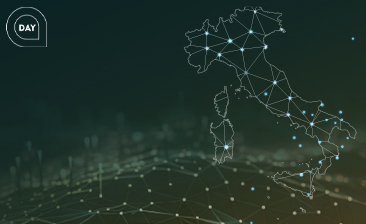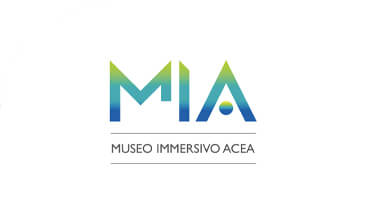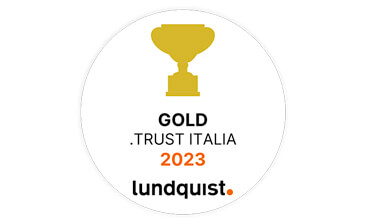
Acea for World Energy Saving Day
It is critical to allow access to our meter readers or supply your own reading.
The day-rate method is included in the provisions of a 1988 IPC deliberation.
Acea Ato 5 calculates the billing of its integrated water supply service on the basis of customers’ average annual consumption in the previous three years, billing them every six, four, three or two months, as established by the regulator ARERA (Autorità di regolazione per energia reti e ambiente – Regulating Authority for energy, networks and the Environment).
Customers are billed either on their ‘actual consumption’, which is the difference between two meter readings, or – in the absence of meter readings or users’ own readings – on their estimated consumption, which is forecast the basis of previous consumption.
To calculate the billing amounts, Acea Ato 5 uses the available data in the following order: 1) operator’s reading; 2) customer’s own reading, if the operator’s reading is not available; 3) estimated consumption, based on past customer use, if neither of the above is available; 4) estimates based on average consumption for that type of customer, if no previous consumption data is available for the billed customer.
It is easy to understand that the water consumption patterns, which we use to calculate our service charges, vary from time to time (it is worth remembering that customers do not pay for the water). Therefore, we use the so-called ‘pro die’ billing method, following the provisions of the IPC (Inter-Ministry Price Committee) Deliberation No. 24/88, extended to the water supply service in 1996.
The ‘pro die’ methodology considers all consumption recorded during a given period, as if it occurred in constant daily amounts.
We begin our calculations with the water rates at the time the consumption took place. Both water rates and customer types (user class) are approved by the Regulator and refer to the entire year (these are always reported on the bill). The daily rate for each user class is calculated by dividing the annual yearly rate for the relevant user class by 365 (number of days in the year). Then we calculate the number of days between the readings and multiply this by the daily user class rate, thus obtaining the relevant rate for the billing period. Consumption is then calculated as the difference between two successive readings and is attributed to each user group, starting with the first and proceeding until saturation. Finally, the consumption calculated for each user group is multiplied by the corresponding rate.
In 2016, ARERA issued an Integrated Regulation for Measuring the Integrated Water System (Timsii - Testo integrato per la misura del sistema idrico integrato), which established that each year, by 31st July, operators must calculate the average yearly consumption of each customer from the actual consumption - that is, as the difference between two actual readings that are no less than 300 days apart - and this must be then related to the full year (365 days). The resulting value is used for estimated bills, on account, from the following 1st January.
Estimated consumption is given by the yearly average consumption, divided by 365 days and then multiplied by the number of days for which consumption needs to be estimated.
The first bill issued after an actual meter reading will then include an adjustment, charging the actual consumption for the billing period and detracting any amount already paid (or charged on the basis of estimated consumption).
Discover the latest news and initiatives of the Acea Group

Acea for World Energy Saving Day

Visit the virtual museum about the history of the Acea Group

The channel for the commercial requests on land urbanisation

Acea turns the spotlight on the Rome Film Festival 2023

Acea is in the "Gold class" in the .trust research

Read more about our culture of inclusiveness